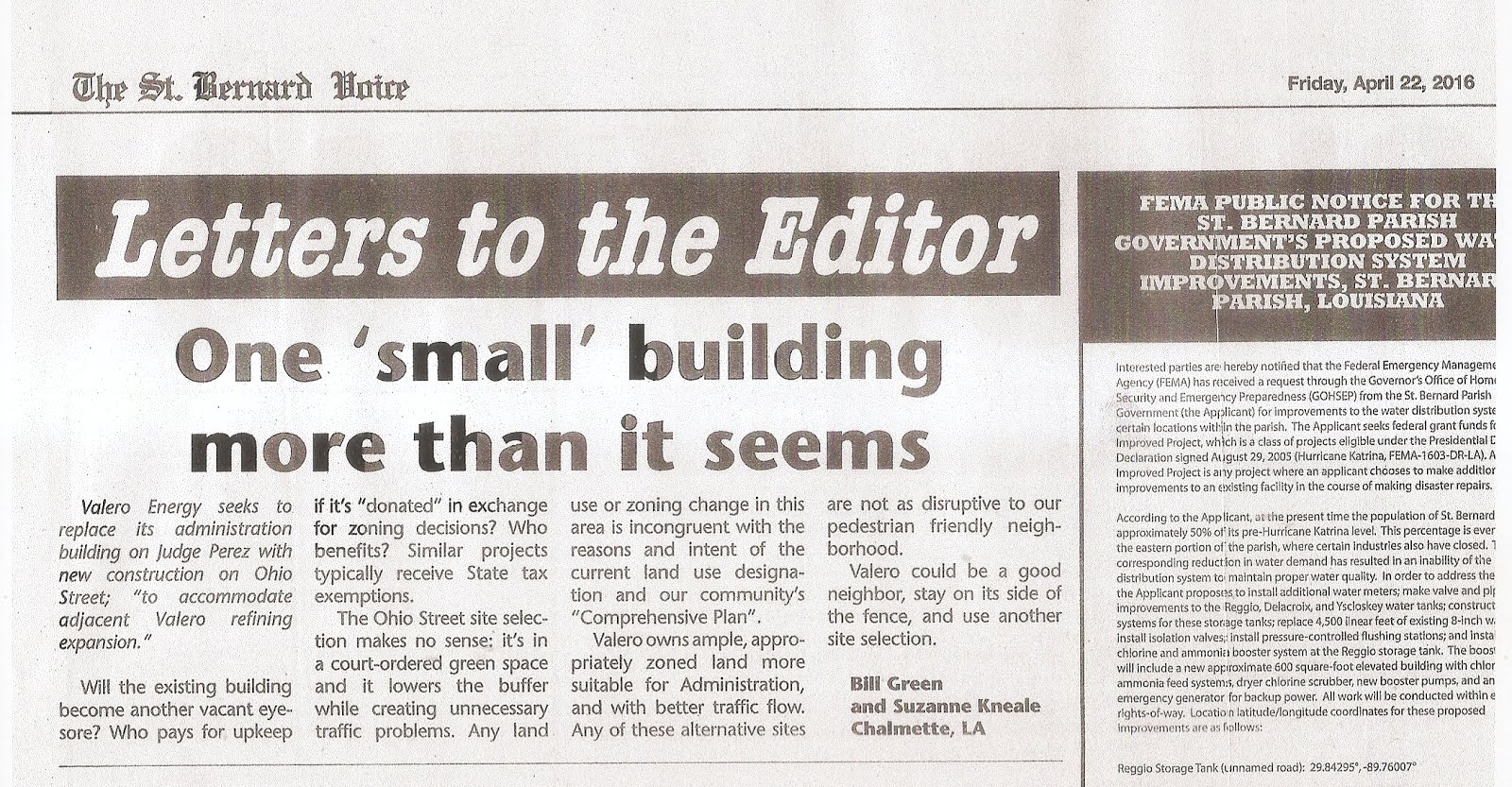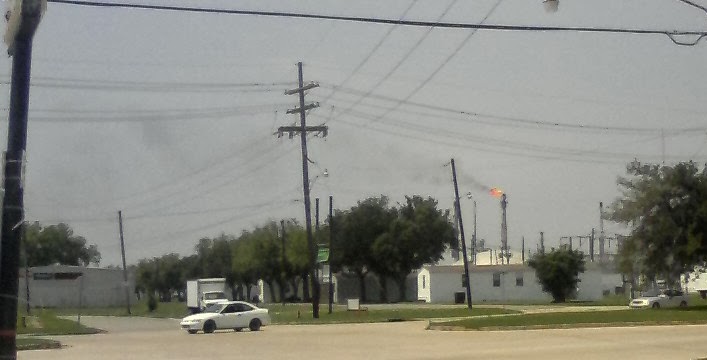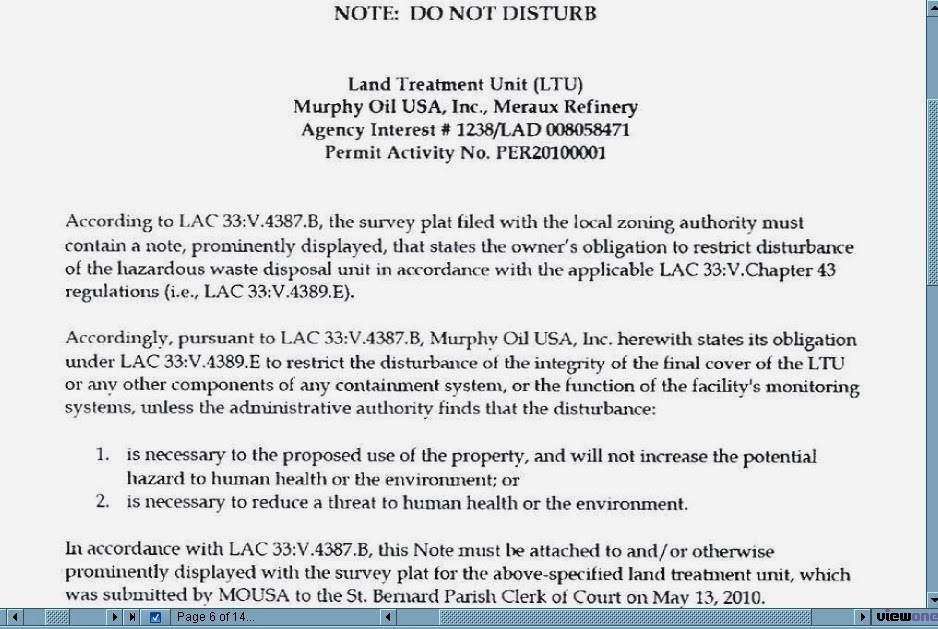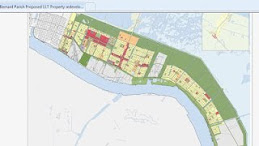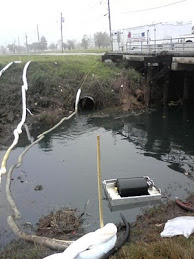Sunday, January 14, 2018
fence line monitors
New EPA refinery rules require continuous fence line monitoring for benzene, beginning February 2018. Unfortunately the new regulations do not require public access to the real time benzene level data, and there are no requirements to timely inform the community of high benzene levels.
http://www.chron.com/news/houston-texas/article/Air-monitors-detect-cancer-causing-compound-as-12175440.php
Refineries will report 12-month data sets of the 2-week averages of the real time data, with adjustments for local conditions, and calculate a 12 month average. When the annual average benzene concentration level is 9 ug/m3 or higher, the facility is required to conduct root cause analysis and corrective action. [ Rolling average of the 26 - 2 week readings.]
https://www3.epa.gov/ttn/amtic/files/ambient/airtox/2015workshop/Petroleum%20Refinery.pdf
Refineries will be allowed 45 days after the 12-month period to prepare and submit the reports. Then, local DEQ's and the EPA will have a 30 day review period before the data is available to the public via an EPA website. While monitoring begins early 2018, the first data sets are not expected until Spring of 2019.
In the meantime, residents can take their own samples with the help of environmental groups like the Louisiana Bucket Brigade, Global Community Monitor, and Public Lab.
http://www.pbs.org/pov/fenceline/the-bucket-brigade/
http://www.chron.com/news/houston-texas/article/Air-monitors-detect-cancer-causing-compound-as-12175440.php
Refineries will report 12-month data sets of the 2-week averages of the real time data, with adjustments for local conditions, and calculate a 12 month average. When the annual average benzene concentration level is 9 ug/m3 or higher, the facility is required to conduct root cause analysis and corrective action. [ Rolling average of the 26 - 2 week readings.]
https://www3.epa.gov/ttn/amtic/files/ambient/airtox/2015workshop/Petroleum%20Refinery.pdf
Refineries will be allowed 45 days after the 12-month period to prepare and submit the reports. Then, local DEQ's and the EPA will have a 30 day review period before the data is available to the public via an EPA website. While monitoring begins early 2018, the first data sets are not expected until Spring of 2019.
In the meantime, residents can take their own samples with the help of environmental groups like the Louisiana Bucket Brigade, Global Community Monitor, and Public Lab.
http://www.pbs.org/pov/fenceline/the-bucket-brigade/
Wednesday, January 10, 2018
air quality update
St Bernard Parish Louisiana is very close to finally reducing sulfur dioxide levels to the EPA one hour health standard.
For many years the air quality in St Bernard Parish failed the EPA standards for sulfur dioxide. Recent changes to air permits at major sources in Chalmette and Meraux have reduced the ambient sulfur dioxide levels.
This is one of the important first steps to improving public health in the community. Other improvements could be made for the hydrogen sulfide and methane levels, which often attribute to the nauseating odors frequently experienced along St Bernard Highway and in the neighborhoods around Chalmette Refining, Rain CII, and also Valero Energy. Another improvement could be coming once these facilities install continuous fenceline monitoring for benzene; this monitoring for benzene is expected in early 2018.
When a community fails the air quality health standard, it is designated NON-ATTAINMENT.
Non-attainment for sulfur dioxide occurs when modeling demonstrates air quality fails the standard, or when data from a local air monitor demonstrates the 3-year average of the 99th percentile reading for sulfur dioxide is not below 75 parts per billion.
According to EPA's Data Now website:
For the year 2015, St Bernard's 99th percentile for SO2 was 82 ppb; for the year 2016, St Bernard's 99th percentile for SO2 was 85 ppb. For the year 2017, it is anticipated that St Bernard Parish's 99th percentile will be 57.1 ppb. Based on those numbers, the 3 year average will be 74.7 parts per billion. While that high number means the air quality is only 0.3 points away from failing the health standard, it just may be low enough to place our community back on the road to recovery. And that's a major improvement.
Never doubt that a small group of thoughtful, committed citizens can change the world; indeed, it's the only thing that ever has. --- Margaret Mead
Subscribe to:
Posts (Atom)




